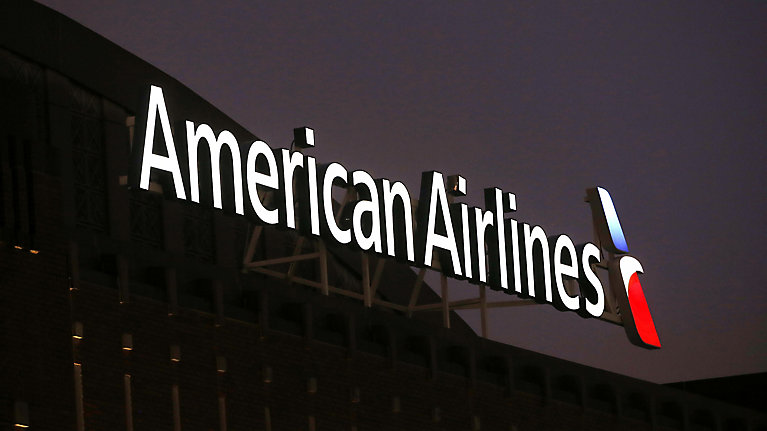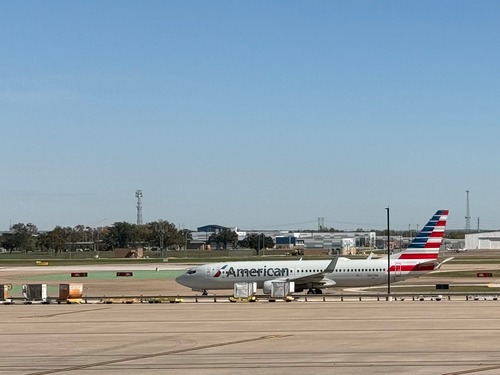United Airlines Earnings: Firm Will Weather the Oncoming Capacity Storm
United Airlines Holdings Stock vs. Morningstar Fair Value Estimate
As Delta and United continue to rake in huge profits, both airlines think low-cost carriers have limited recourse. During United’s second-quarter earnings call on Thursday, chief commercial officer Andrew Nocella declared that low-margin rivals have “largely run their course.”
“The thing that’s very interesting is the growth line by these carriers is extremely unprofitable — just the business plans, in some cases, they largely run their course,” Nocella said on the call. “And there’s just no new opportunities available today.”
His comments come as a glut in domestic capacity dragged down United’s and Delta’s third-quarter outlook, two airlines that have stood out in recent years due to their international networks, premium seating, and lucrative loyalty programs. “The last part is you just shrink,” Nocella said. “And so I think these business models are simplistic, and it’ll be very difficult to make complex without adding a lot of costs.”
Airlines Sector Stock Index Performance Year-to-Date
What am I looking at? The performance of airline sector stocks within the ST200. The index includes companies publicly traded across global markets including network carriers, low-cost carriers, and other related companies.
The Skift Travel 200 (ST200) combines the financial performance of nearly 200 travel companies worth more than a trillion dollars into a single number. See more airline sector financial performance. Key Morningstar Metrics for United Airlines
Fair Value Estimate: $36.00
Morningstar Rating: 2 stars
Morningstar Economic Moat Rating: None
Morningstar Uncertainty Rating: High
What We Thought of United Airlines’ Earnings
United Airlines UAL reported second-quarter results that showed more than 5 billion more revenue passenger miles flown than we forecasted, though lower prices overall left revenue $680 million above our model, and cost growth left only $200 million more operating profit than we expected. We refined our remaining 2024 forecast to account for tapering capacity growth later in the year, so our overall profit forecast for United did not change materially. We have raised our fair value estimate by $1 to $36 per share to account for the time value of money since our last report.
As airline capacity and costs have grown dramatically over the last few years, an inevitable return to more normal travel demand will leave the industry with too much capacity and destroy profitability. Management has been predicting a shakeout of the leisure airline industry for some time. Discussing second-quarter results, Chief Commercial Officer Andrew Nocella estimated that 10% of US airline capacity today is unprofitable and that the spread between the most- and least-profitable airlines’ results has never been wider. Nocella indicated that within a few quarters, one or more low-fare airlines (which have been slashing prices to fill planes on routes they cannot operate profitably) will exit the industry or permanently reduce capacity.
We see this as validating our thesis that the airline industry remains highly competitive and that no North American airline can create profits above its cost of capital over the entire business cycle. The airline industry does not create economic profit; indeed, it usually does not break even. We reaffirm that United and its peers have no economic moats. United and Delta Air Lines DAL are likely to retain profitability in the near term, as they have successfully refined their customer segmentation and premium travel offerings while prudently deploying their capacity to draw the most profits within the industry. United Airlines Holdings Stock vs. Morningstar Fair Value Estimate






